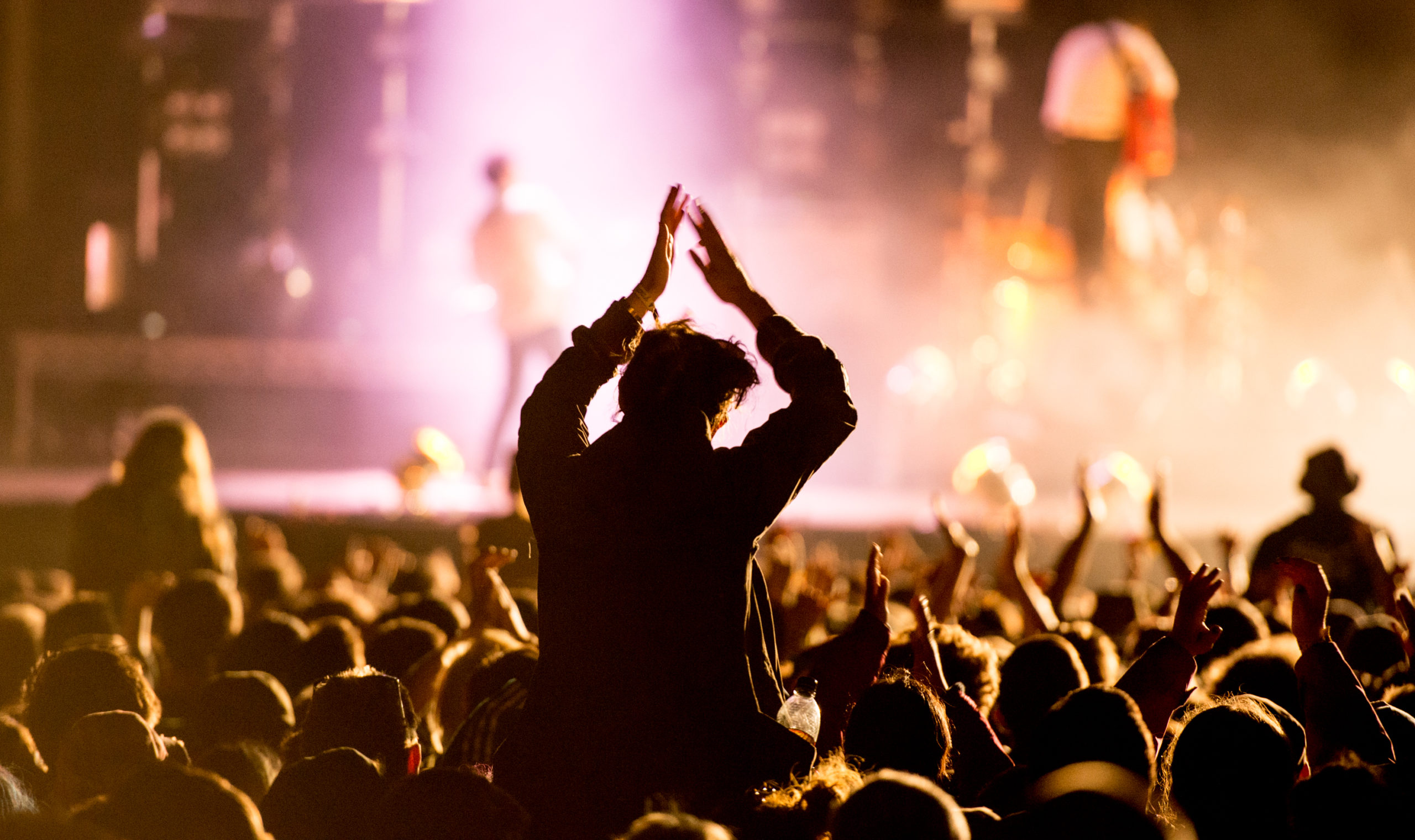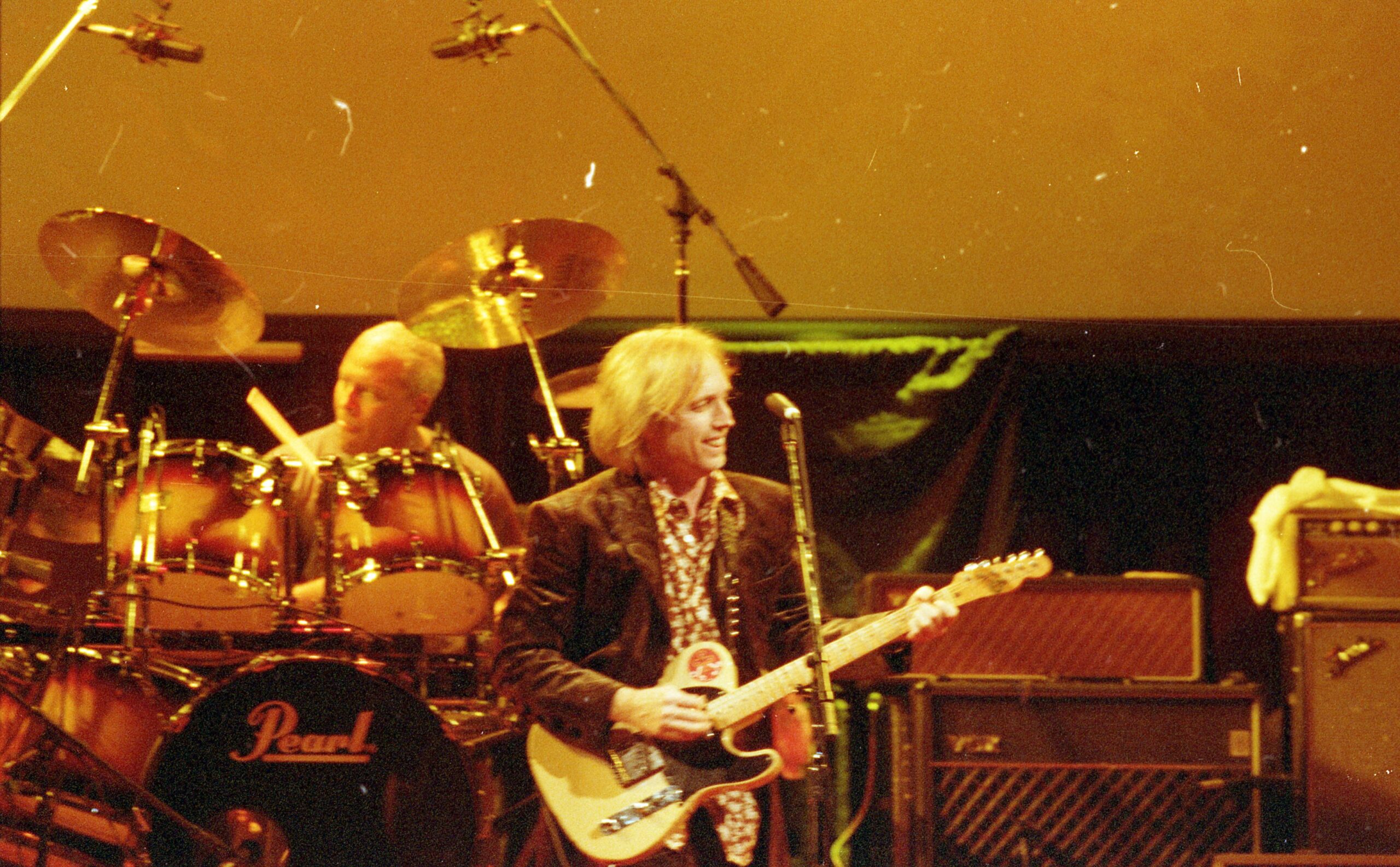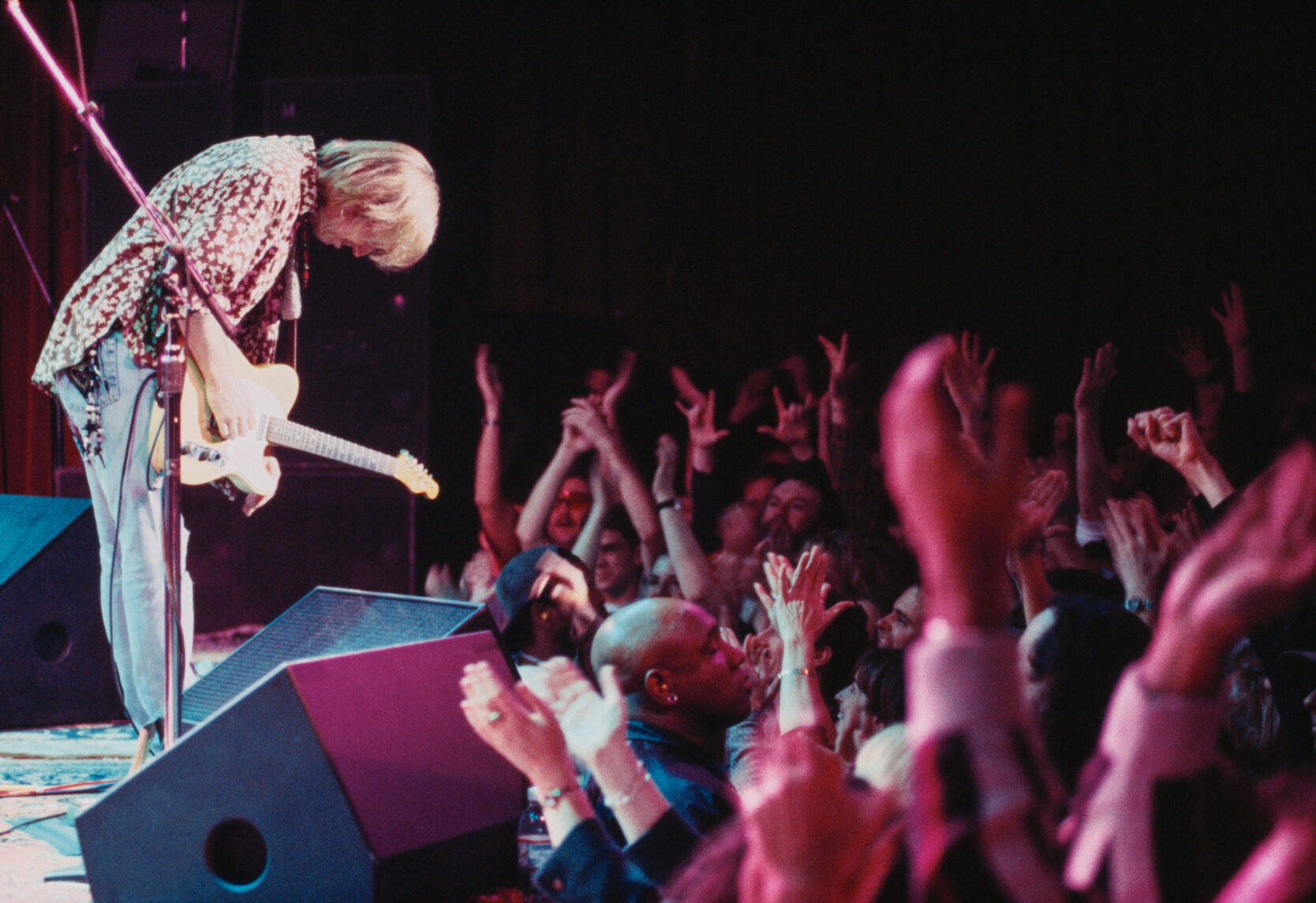The defining moment had arrived. It was the final night of a jaw-dropping live music residency rarely duplicated in the city of San Francisco. 20-magnetic evenings overstuffed with marathon setlists of hits, deep cuts, and covers expertly performed by one of America’s greatest bands.
Tom Petty, master of ceremonies, looked out from the stage of the historic Fillmore Auditorium and smiled. “We all feel this might be the high point of our time together as a group,” he said to a packed crowd. “It’s going to be hard to get us off this stage tonight.”
He was spot-on that night in San Francisco. The culmination of that residency stands at the very highest watermark in the live-performance legacy of Tom Petty and the Heartbreakers. They were good before. They were damn good since. But they were never better.
1997 was a tough and transitional year in Petty’s life. After 22 years of marriage, his divorce from his wife Jane Benyo had recently become official. He was secretly struggling with heroin addiction. He’d just finished working on the soundtrack for the film She’s the One, but was still a couple of years away from rolling out the follow-up to his seminal 1994 solo record, Wildflowers. The Heartbreakers hadn’t hit the road since the Dogs with Wings tour a couple years prior and didn’t really have anything to promote in the meantime.

Also Read
The 2022 Offramp Best-of Rock Awards
Yet he still wanted to do something.
“We had no reason to do it, other than we wanted to do it,” he told Mojo in an interview in 1999. “We wanted to play a residency, which we hadn’t done since 1970.”
The nucleus of Petty and his group was born in and around the bars and backyards of Northern Florida. Night in and night out, they scratched out a meager living by stretching their musical chops to their absolute limit for a familiar collection of ravers, lovers and lonely hearts. It was the Beatles in their Hamburg era, if you will. It’s where the foundation of the band was laid.
There’s something incredibly appealing about the idea of returning back to your roots. It’s easy to see why Petty found it appealing at that moment in the late ‘90s. Having essentially conquered the world one basketball arena at a time, he wanted to go smaller, simpler, more carefree.
Eventually, he reached out to the rest of the Heartbreakers with his idea. Mike Campbell, the group’s lead guitarist and Petty’s chief consigliere, was immediately thrilled. He was even more excited when Petty told him where he wanted to perform.
“San Francisco always had a special place in our hearts, because when our first record came out, it pretty well got ignored except for San Francisco,” Campbell says. “I think KSAN and Boston played a little bit of it, but San Francisco was one of the first places that ever acknowledged that we existed.”
Even better, they’d be playing in the sanctuary of their heroes: The Fillmore. “That particular room has a lot of that spirit and those ghosts in it and the ambiance of that place, and the crowds were just wonderful,” Campbell says. “I love all those San Francisco bands, and the whole vibe of the Haight-Ashbury thing was always fascinating to me.”
The first performance kicked off on Friday, Jan. 10, 1997. The last show went down on Feb. 7 — another Friday. In between, they performed 18 additional gigs. Some nights stretched all the way to the four-hour mark, with the entire encore consuming 90 breathtaking minutes. It was an anything-goes environment where you had to stay on high alert.

“If we were having fun, we’d just keep going,” Campbell recalls. “‘How about this song? How about that song? Oh, okay. How about this one?’ Until we were worn out. We were so unleashed at the Fillmore because we didn’t have to play the arena set necessarily. We could throw some of our well-known songs in there, but we could also throw things that maybe we never even played before or maybe only touched on at the soundcheck to learn the chords, and then just go for it.”
For years since the final curtain fell, the legacy of those shows has lived on among Petty fans and concert bootleggers as something akin to the holy grail. Their reputation preceded them. Six of the shows were professionally taped, and many wondered if or when people would ever get to hear what went down in those hallowed halls in ‘97. Some of the songs ultimately made their way onto Petty’s 2009 Live Anthology, but the bulk of the material stayed in the vaults — until now.
After careful curation by the Petty estate, the Heartbreakers themselves and their longtime producer Ryan Ulyate, the best of the Fillmore residency is available for all to enjoy. Amassed over four discs, Live at the Fillmore 1997 is an electrifying statement. It’s a four-hour-long celebration of life, love, and music that stakes Petty and his immortal Heartbreakers as the greatest party-rocking band of their era, the era before, and maybe even of all time.
It’s not just the mind-expanding versions of classics like a 10-minute rendition of “Mary Jane’s Last Dance” or rarely performed gems like “On the Street” (which Heartbreakers keyboardist Benmont Tench wrote in 1974) that makes this collection so special. It’s the effortless and electrifying way that the band rips through material they so clearly cherish, like “Green Onions” by Booker T. and the MGs, the James Bond theme “Goldfinger,” or “(I Can’t Get No) Satisfaction,” which they tear into with a fervently Stones-like swagger.
Listeners can literally hear how they became the Heartbreakers in these songs. At one point, Petty whips out a harmonica and dusts off “a song [he] learned at camp.” The standard, “You Are My Sunshine.” It’s followed by a scintillating and simmering rendition of Bill Withers’ “Ain’t No Sunshine.”
Before launching into “Heartbreakers Beach Party,” Petty openly acknowledges they’d never played the song before. “We’ll see how it goes,’ he promises. As expected, the song swaggers just like it should.
“If Tom brought an idea to the band, it usually worked,” Campbell says. “What we were going for is trying to find those little moments where the band doesn’t know what’s happening yet, so we’re discovering it at the same time the crowd is discovering it. If you’re really brave and you trust yourself and have the courage, you can make magic out of nothing. So, that’s what we tried to do.”
Beyond paying homage to their influences through the performances, they did so in the flesh on a couple of occasions. At one point, they introduced blues legend John Lee Hooker, who raves like someone decades his junior while backed by the Heartbreakers on “Boogie Chillen.” During another show, the Byrds’ Roger McGuinn emerges to perform “It Won’t Be Wrong” and “Eight Miles High.” You can practically hear the admiration beaming through Petty’s voice when he brings his hero out to the cheers of the crowd.
“Roger is probably one of my top five influences,” Campbell says. “It was the Beatles from England and the Byrds from America. That was our thing that we tried to emulate. We tried to rise up to that level. So, having him with us was always a thrill.”
It wasn’t just the band that met the moment. The fans were equally as important to the entire vibe. One night happened to coincide with Campbell’s birthday, which they celebrated backstage with a cake and the whole shebang. But during the show, the fans had a surprise for him as well.
At the time, Campbell used guitar picks with alien faces on them, which he’d toss out after the gig. “There were about 10 or 12 fans that were always in the front, and right in the middle of the show, they all pulled up these sticks,” Campbell remembers of his birthday night. Each stick had a huge alien face emblazoned on the front in honor of the lead guitarist. “Tom wasn’t in on the joke. He looked at it and he goes, ‘What’s with all this alien shit? What are they doing?’ ‘Yeah, it’s my birthday.’ But they did that all on their own. That kind of stuff happened. It was sweet.”
For a long time, Campbell memorialized the Fillmore residency as something truly special in the long history of Tom Petty and the Heartbreakers — a definitive high-water mark. But how often does memory withstand the harsh judgment of reality? Did that special feeling translate on tape all these years later?
“It was just like I remembered it,” he says. “I remembered it being really good. And when the tapes came on, I was going ‘You know what? I was right. This really is good, and people deserve to hear this.’”
It’s more than just the joy of release that sets these shows apart. It’s more than the raw energy or exuberant performance. It’s more than big name guests and the exclusivity that intimate gigs like these inevitably breed. It was the freedom that made it so special. Freedom to play whatever they wanted, however they wanted, for as long as they wanted. Freedom to just be a band. Freedom to be great.
“Playing The Fillmore was a chance to get back to how it felt to start a band,” Campbell says. “To feel that energy with the fans up close and the freedom to change the set every night, which was a luxury we didn’t really have in the arenas. We could just do whatever we want and really enjoy being musicians just for the sake of being musicians.”
If you want to really hear what Tom Petty and the Heartbreakers were all about, the Fillmore is a damn good place to start.




